|
If you’ve surfed long enough you’ve learnt the hard way that rain can reduce swell size fairly significantly. Thinking you going to be waking up to macking surfed based on the forecast – only to find it half the predicted size thanks to the pouring rain that accompanied it in the cold front. Go ahead and curse those lil water droplets, cos they certainly do smash down the swell size pretty significantly. The ancient mariners knew all this before us, and sailing lore speaks of how the rain tends to calm the sea. Here's how it happens in science-speak: Rain alters surface roughness though the production of wavelets by raindrops, as well as dampening of high-frequency waves. It reduces energy in the ocean surface through non-linear interactions with the underlying wave field. Simply put - when raindrops hit the sea they change the properties of the surface, Rain causes a uniform increase in pressure throughout the water column cos of the turbulent dissipation created by the rain drops penetrating the sea surface and by changing momentum at the surface layer. If you’ve sat out in the surf in a rain storm you know how quickly the waves disappear! The falling rain has a coupla different effects that alter the water surface and in doing so dampens the swell. First up is the droplet splash with its associated ring waves. When a raindrop hits the water surface, it typically creates a crater with a crown that evolves into a vertical stalk. This is followed by radiating ring waves, Like the pic below... These creates a subsurface turbulence which dampens the short period waves the most. One of the major scattering features is the collapsing of the stalk. The ou's in the lab studied raindrops falling in coloured water and worked out each drop sends down one or more masses of water downwards below the surface in the form of vortex rings. These rings descend with a gradually diminishing velocity and with increasing size to a distance of several inches, generally as much as eighteen inches, below the surface. Each drop sends down a bunch of rings. It is not that the drop merely forces itself down under the surface, but, in descending, carries down with it a mass of water. The rain falling on to water results in as much motion immediately beneath the surface as above it. So besides, the splash and surface-effect which the drops produce, they cause the water at the surface to rapidly change places with the water some distance below. Such a movement of water from one place to another tends to destroy wave-motion. Think of it this way: you have a layer of water on the surface a few inches thick, which is flowing in a specific direction over the lower water, which is to be supposed at rest. The effect of a drop would be to knock some of the moving water into the layer beneath it which is at rest, and the same amount of water that it has just displaced would have to rise up into the moving layer. This then disturbs the motion of the upper layer, slowing it down. Another interesting way that rain reduces the wave height is that the rain changes the temperature and salinity of the upper layer of the sea, which in turn reduces its viscosity. Warm rain relative to the sea temp will reduce the attenuation of surface ripples. If the temp difference is 10 degrees Celcius it can dampen waves by 25%. Rain intensity is the major contributer to swell killing - with 15m/hr being able to quash the wave height by 28%. So - big rains mean reduce those swell expectations! As surfers we might grumble about the negative effects rain has on wave size, but it's doing some important stuff by falling in the sea. The world's oceans are considered a major sink of atmospheric carbon dioxide. The falling raindrops create bubbles (surface turbulence) in the upper upper layer of the ocean surface. This has a strong influence on the exchange of atmospheric gases by promoting the gas transfer across the air-sea interface. Besides the mechanical effect of the falling rain which accelerates the gas transfer, rainwater also changes the temperature, salinity and carbonate composition of the sea surface. This in turn effects the solubility and partial pressure of CO2 in the surface layer. Differences of approximately 6% in annual global CO2 flux have been estimated, which means that rain serves to increase the oceanic CO2 sink. It's a kinda good bad situation though - as absorbing CO2 from the atmosphere helps reduce it's effects on climate change. but then increasing the CO2 in the oceans isn't so lekker cos it leads to ocean acidification. Bit of a stuck behind the 8-ball kinda situation. Rain over the sea is quite a self-fulfilling prophecy in a way, cos the tiny drops can actually seed the atmosphere with salt grains that become in turn the condensation nuclei for rain. So rain creates more rain. Neat!
Anyhow, at least next time you get skunked by a swell forecast or sit out there in a rain squall, you'll have a better idea as to what's happening.
Devin Dollery
2/9/2017 11:15:05 pm
Interesting stuff, thanks! Comments are closed.
|
AuthorMillerslocal Archives
July 2021
|

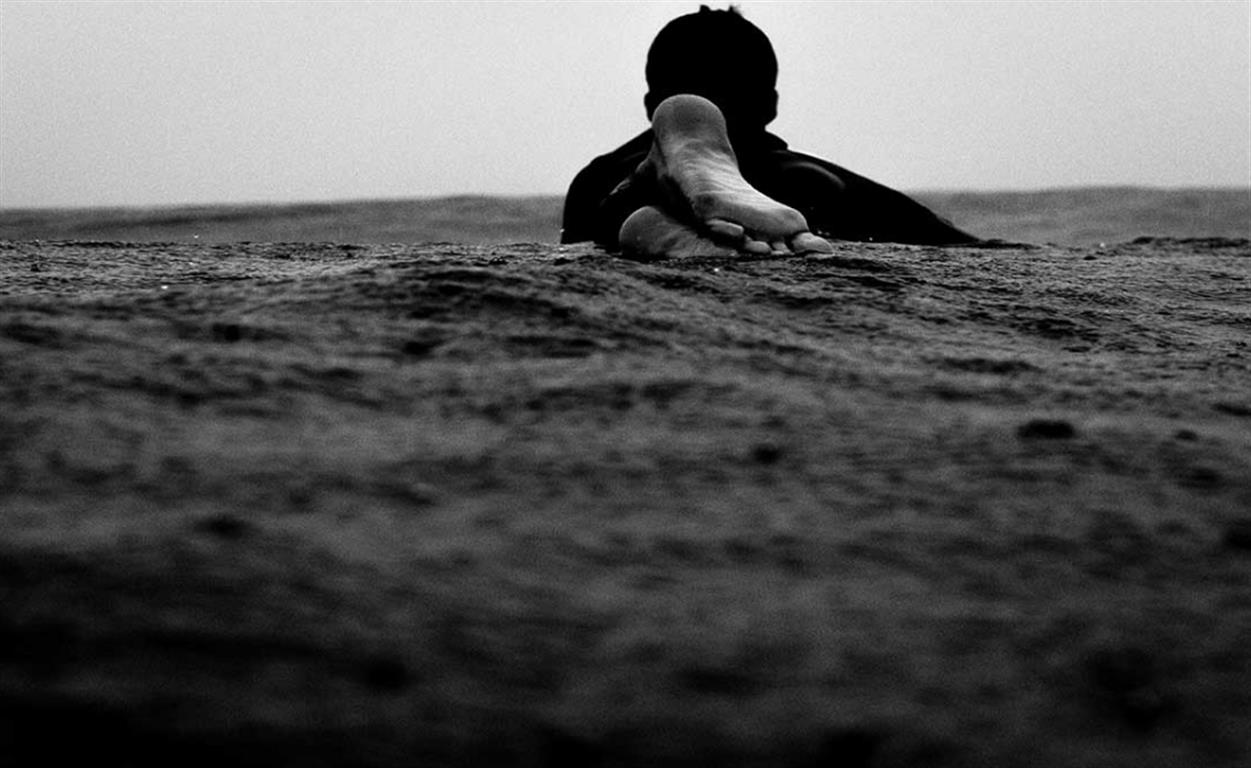
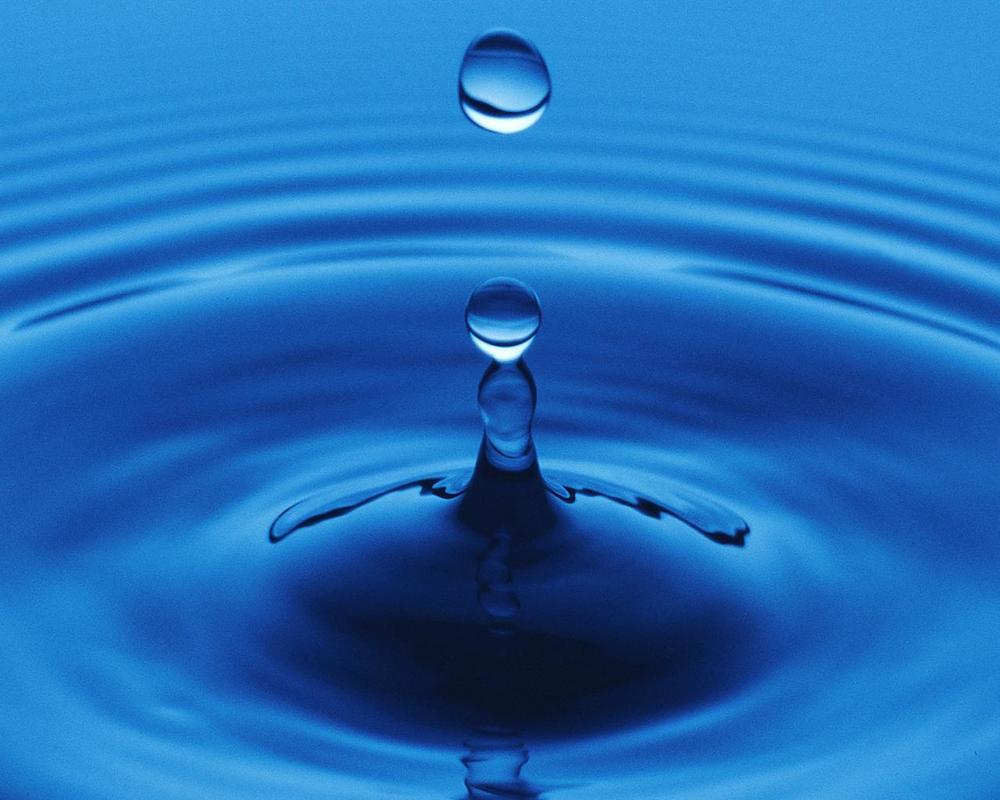
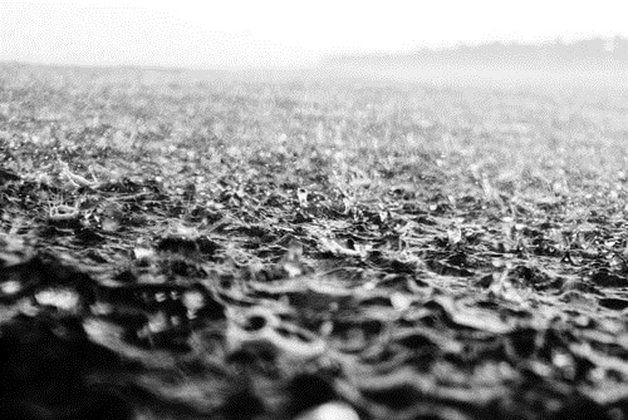
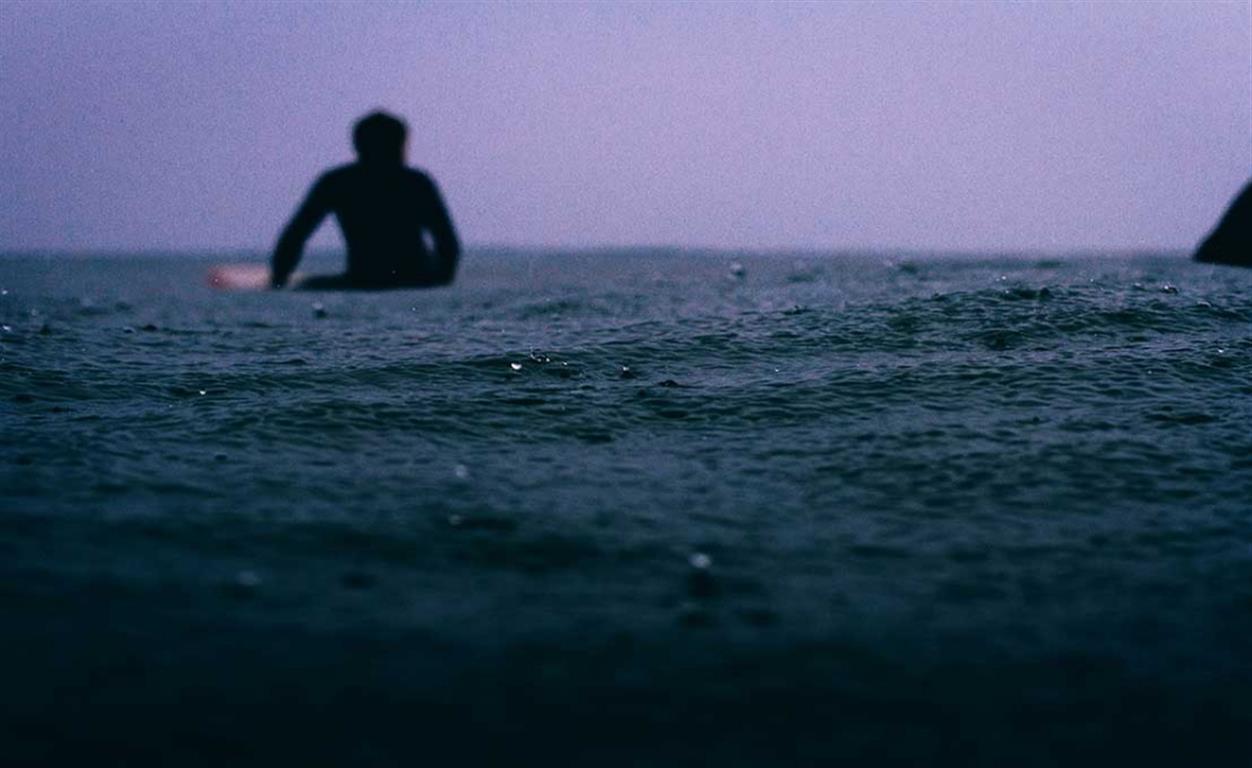
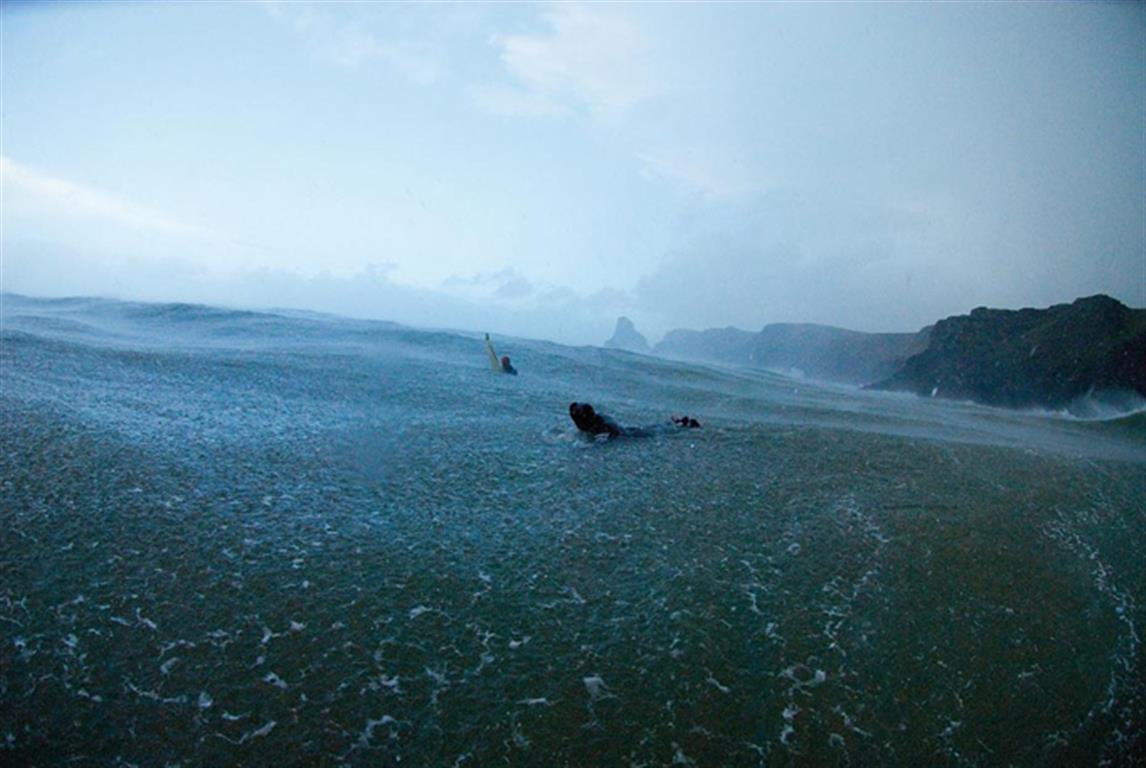
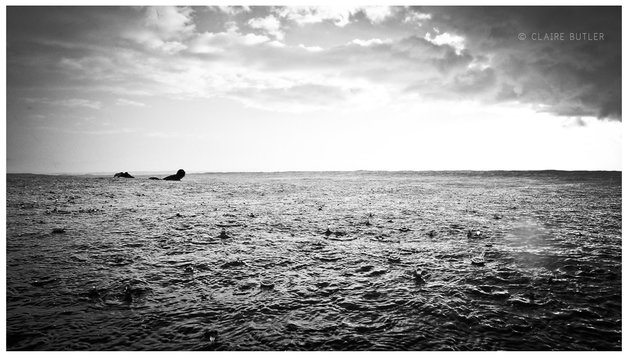


 RSS Feed
RSS Feed
